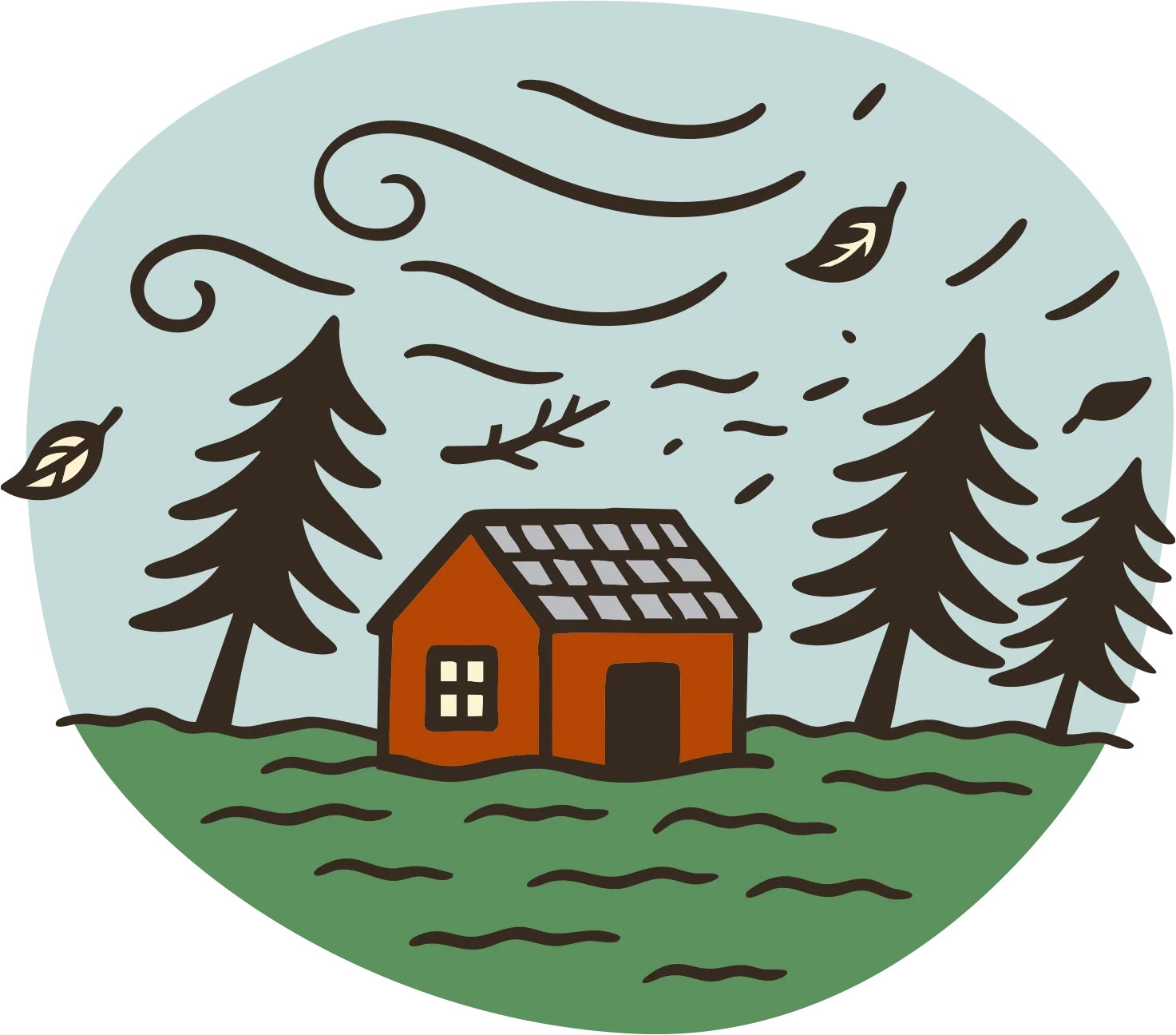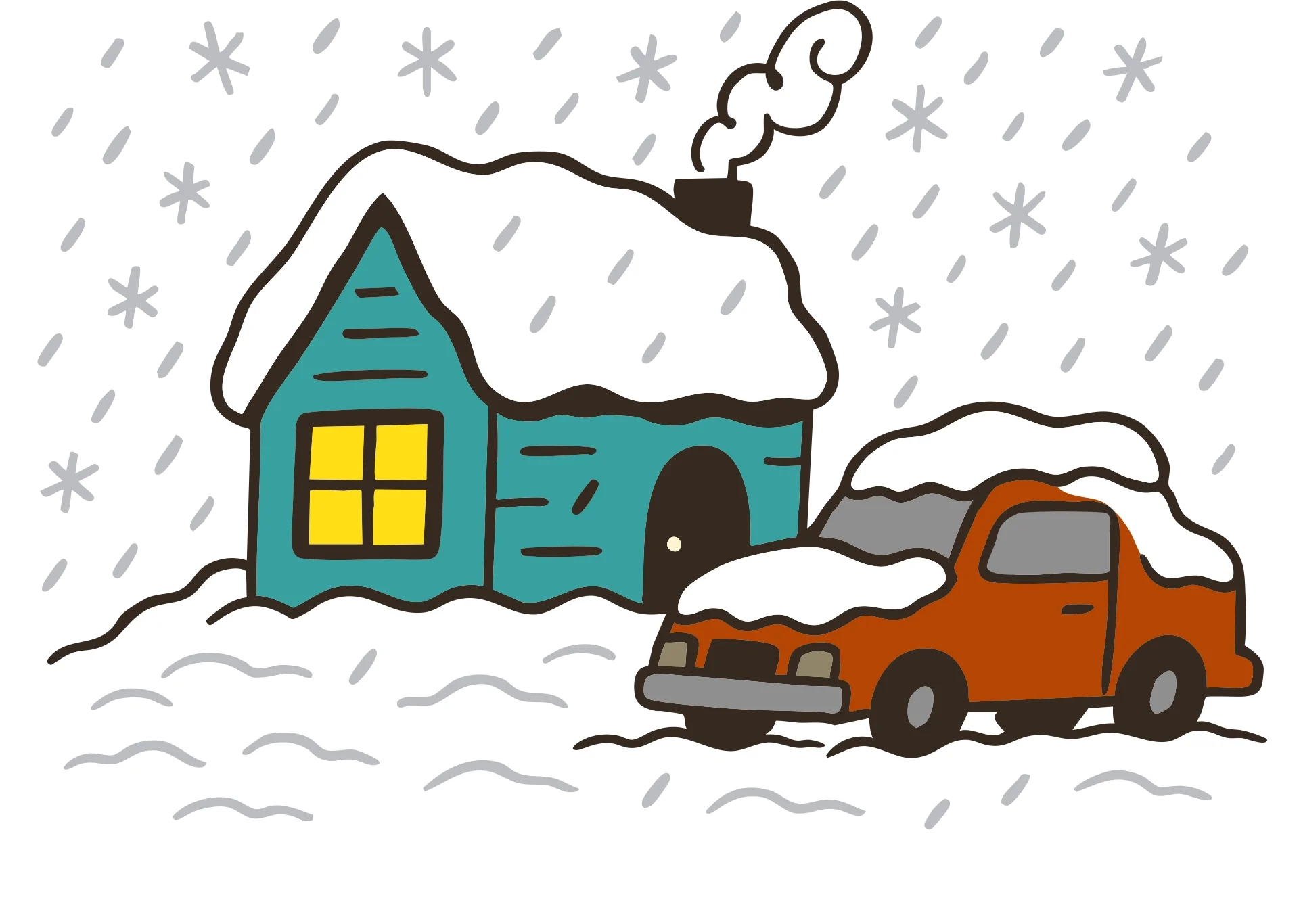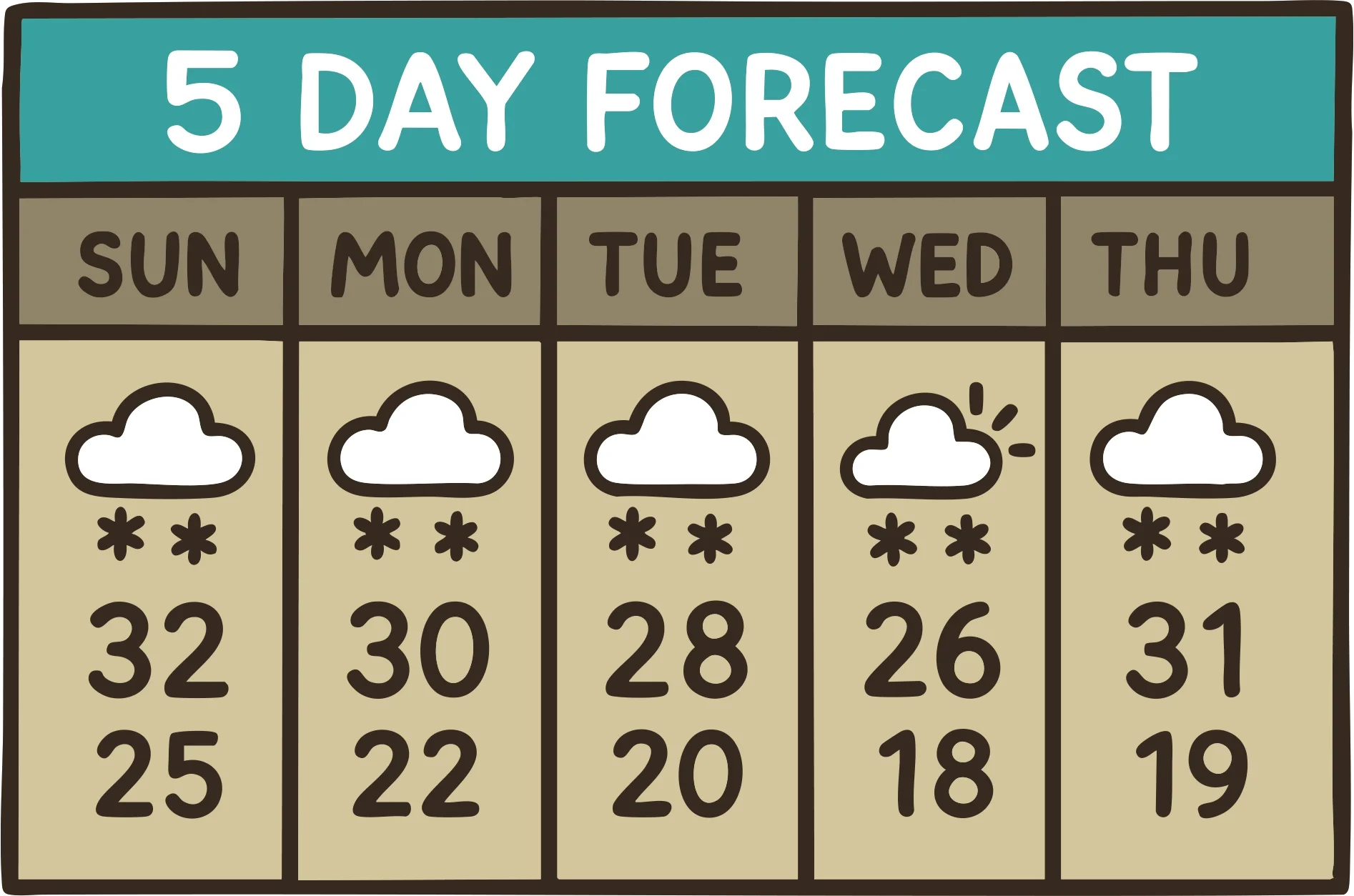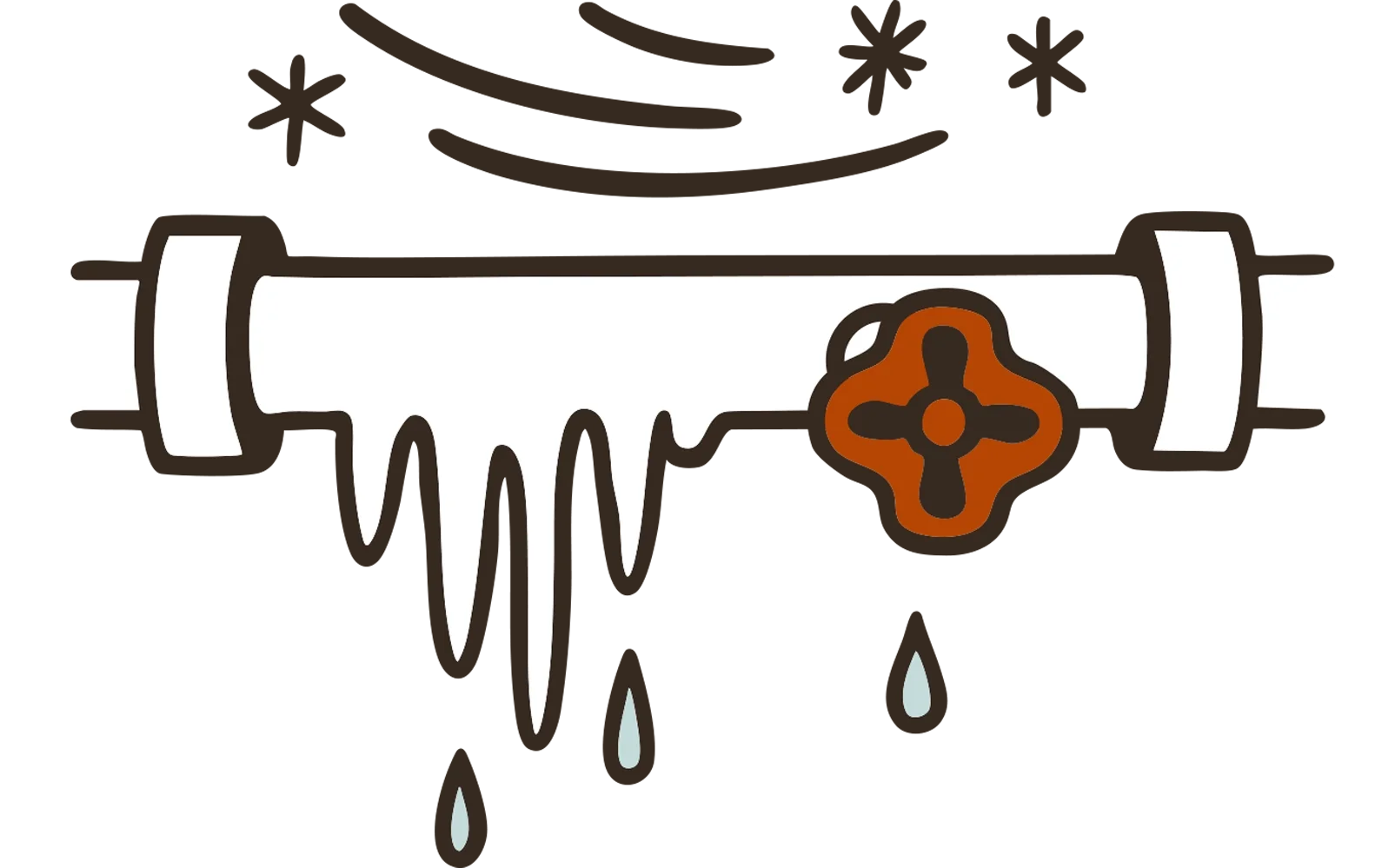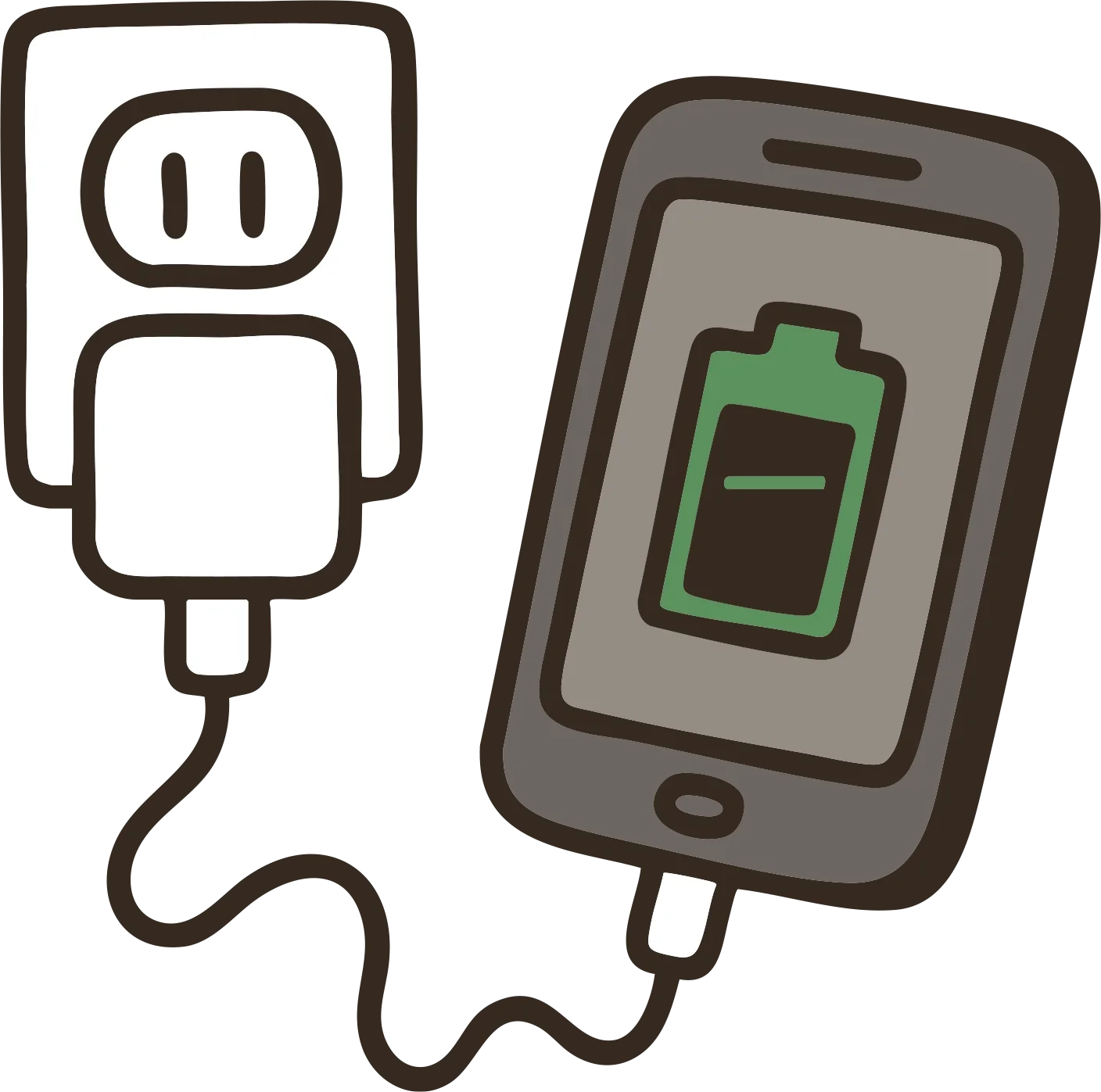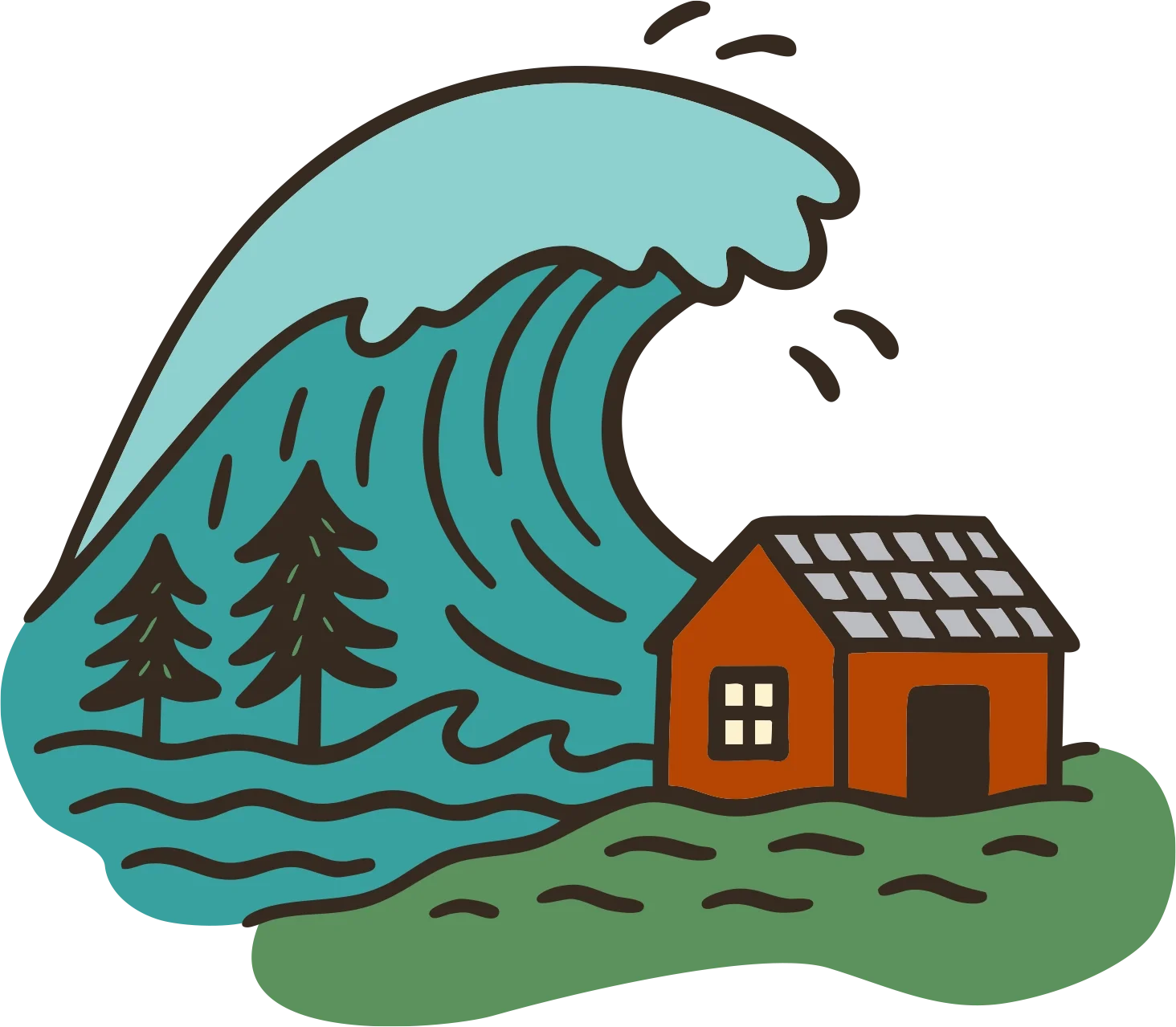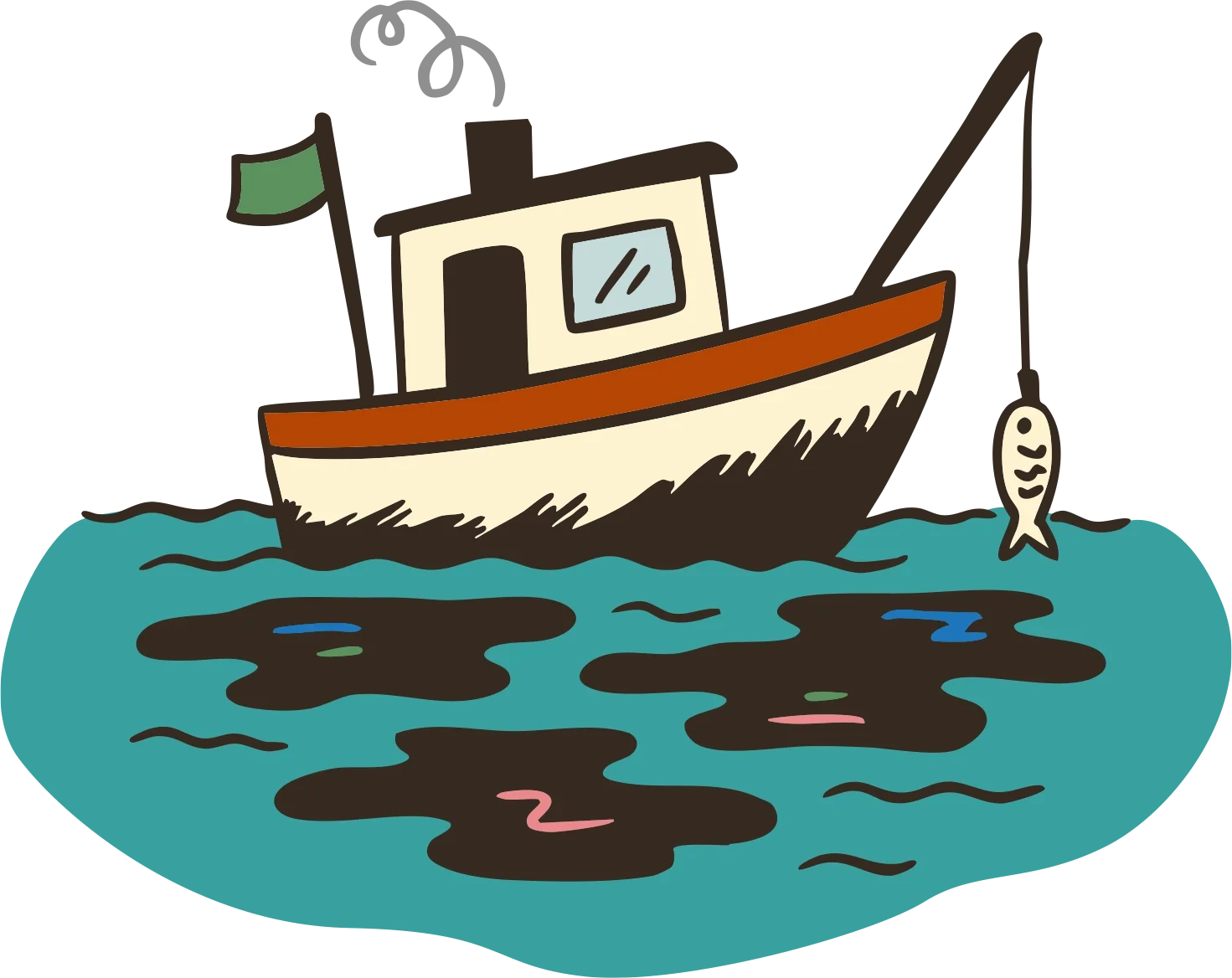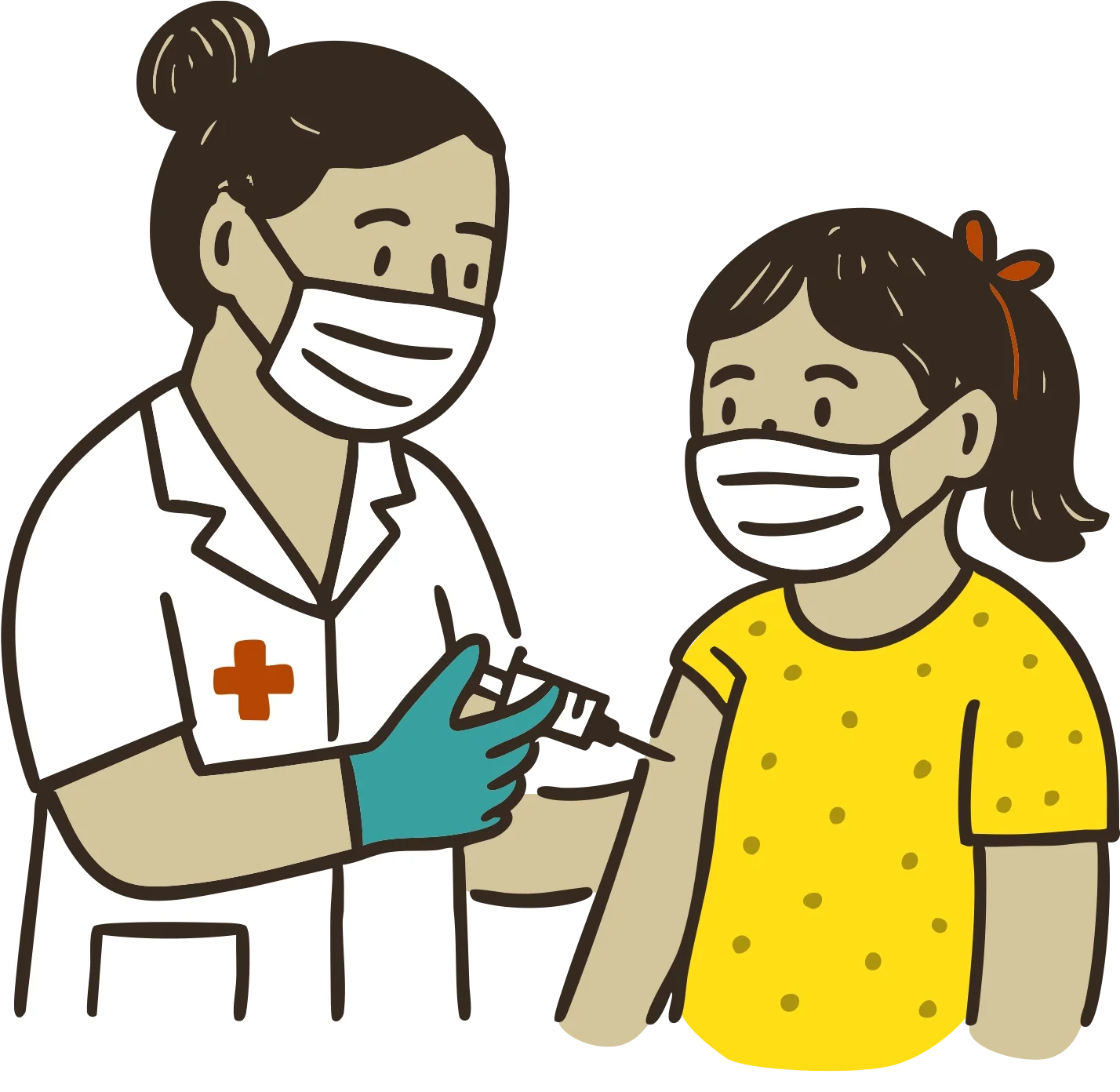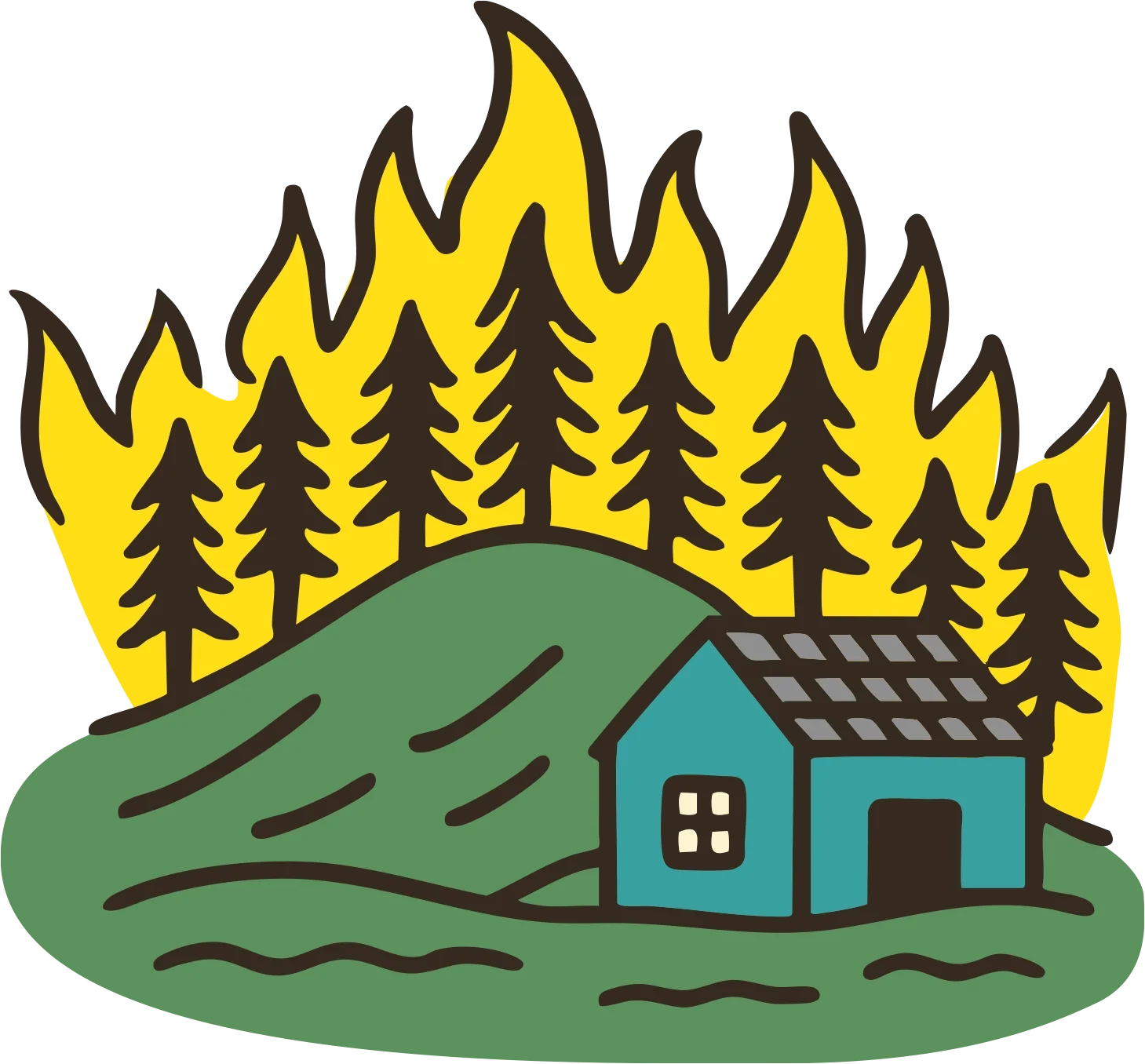Winter Storms
While damaging wind and snow storms have always been a way of life in the islands, years can pass between the most sever of events. Unfortunately, this means some people may forget the lessons that come from being without power for a week or more, extended sub-freezing temperatures, or being snowed in at home for days. It does happen.
Being able to stay warm, fed, and content at home while the power (and internet!) is out for an extended period is the key to winter weather preparedness.
First Step: Ensure that you are prepared to be on your own for at least two weeks.
WINDSTORMS
Windstorms are a regular part of life in the San Juan Islands. Storm season usually lasts from October until March or so. There are two types of winter windstorms known to islanders:
Some storms come with winds out of the south and southwest, occasionally growing powerful enough to cause significant impacts. These storms tend to bring warm temperatures and rain. Sometimes the rain is heavy enough to saturate the soils and increase the likelihood of falling trees.
Less frequently, the islands will face a strong northeast wind event where powerful winds coming from the Fraser River Valley cause frigid temperatures and very strong winds. These “nor’easters” can be especially destructive. NE storms are rare enough that they can “catch trees by surprise”, and given that they come with icy temperatures, any power outages often result in frozen pipes, especially in uninhabited houses.
Those who look closely as they walk through island forests will often notice swaths of decaying downed trees, all oriented in the same direction - signs of a previous storm. Long time residents are sure to remember major storms from years past and the power outages and abundant firewood that came with them.
SNOWSTORMS
While most winter days don’t see temperatures below freezing, there’s almost always at least a bit of snow each year, and every once in a while there’s a more significant snowstorm. Very rarely, the islands have seen feet of snow.
While we might not see another winter like 1914 (snow on the ground from Thanksgiving until April, up to four feet at times), islanders need to be prepared for being snowed in for days. If you live out of town or on a steep hill, chances are at some point you’ll be stuck at home due to snow or ice.
As with windstorms, the key to happily riding out a snowstorm is being prepared to be comfortable at home with no power and no good way to safely get out the driveway. If you have children or are young at heart, a sled of some kind may improve your preparedness considerably.
So, start out by being able to be at home for two weeks. This is probably more than you’ll need for a winter storm, but it will get you well on your way to being ready for an earthquake. More winter weather info is below.
winter weather wisdom
Be prepared for windstorms, cold weather & power outages
1. Use Common Sense:
As is always the case, please keep an eye on your neighbors, friends, and family.
Check in with weather forecasts periodically.
Stay far away from downed power lines.
2. Be ready for a power/cell phone/internet outage:
Keep devices charged.
Think through the ways in which a loss of internet might impact you, your family, or your business. As people become increasingly connected, they become increasingly disrupted by outages. Think through ahead of time what you can do to minimize the critical impacts.
Take a look at the OPALCO Power Outage Prep & Safety page for lots of good info about how to weather an extended outage.
Keep refrigerator and freezer doors closed. If doors remain closed, a fully loaded freezer can keep foods frozen for two days.
Leave on light switch on to alert you when the power is restored.
3. If power is out and temperatures are icy, you’ll want to make sure your pipes don’t freeze:
Take a look at these recommendations from the Eastsound Water Users Association.
4. If the power is out and you need to stay warm:
Make sure you have functioning smoke and carbon monoxide detectors in your home.
Be sure to use a heater according to the manufacturer's instructions.
Make sure portable heaters are set on a firm, steady base.
Use fuel-burning space heaters only with adequate ventilation to avoid a build-up of toxic fumes.
Electric space heaters should be properly grounded. Make certain they are plugged into a circuit that can handle the load.
Never use a gas stove, electric range, or a charcoal grill as a heater.
Only use fuels for which your space heater has been designed.
Be extremely careful of fire hazards caused by candles or other flammable sources.
5. If snow should fall or the sidewalks and roads turn icy, keep the following in mind:
Walk carefully on ice. Every time snow or ice falls, multiple islanders end up in the hospital due to falls. Be careful.
Don't drive unless absolutely necessary.
Please don't drive on roads that have yet to be plowed. This only makes it harder for the road crews.
Remember, road crews can't clear private roads. Neighborhoods with private road access should have a plan in place to clear as needed.
If your car becomes stuck, try to get it as far off the road as possible. Cars left in the roadway may be moved or towed by emergency responders.
winter storm Links
1989 NOR’EASTER: AN OPALCO REPORT
First hand accounts from what may be the most destructive windstorm to his the islands in a century or more
Also: the OPALCO Outage Map, and info on safe use of generators
WINTER STORMS & YOUR WATER SERVICE
How to Prevent and Respond to Freezing Pipes
(courtesy of Eastsound WUA)
See what a Pacific Northwest windstorm can look like
Island Risks
Disasters look different on the islands. Ferries stop running. Help may take days. These are the five scenarios most likely to affect us here. Each one has its own challenges—and its own game plan.
Learn what to expect and how to prepare.
Earthquakes &
Tsunamis
The islands sit near a major fault line. When the ground shakes, communications may go down and ferry service could be disrupted for weeks.
Winter Storms
High winds and heavy snow can knock out power, block roads, and isolate communities. Make sure your home—and your neighborhood—can ride it out.
Oil Spills
A spill in local waters could affect drinking water, beaches, wildlife, and air quality. Learn what to watch for and what to do if it happens.
Health Crisis
Pandemics, smoke events, and contaminated water supplies can all hit fast and spread wide. Know how to stay informed, reduce risk, and support each other.
Wildland Fires
Wildfire risk is growing every year. Evacuation routes are limited, and resources are spread thin. Preparation starts with your home—and your street.


